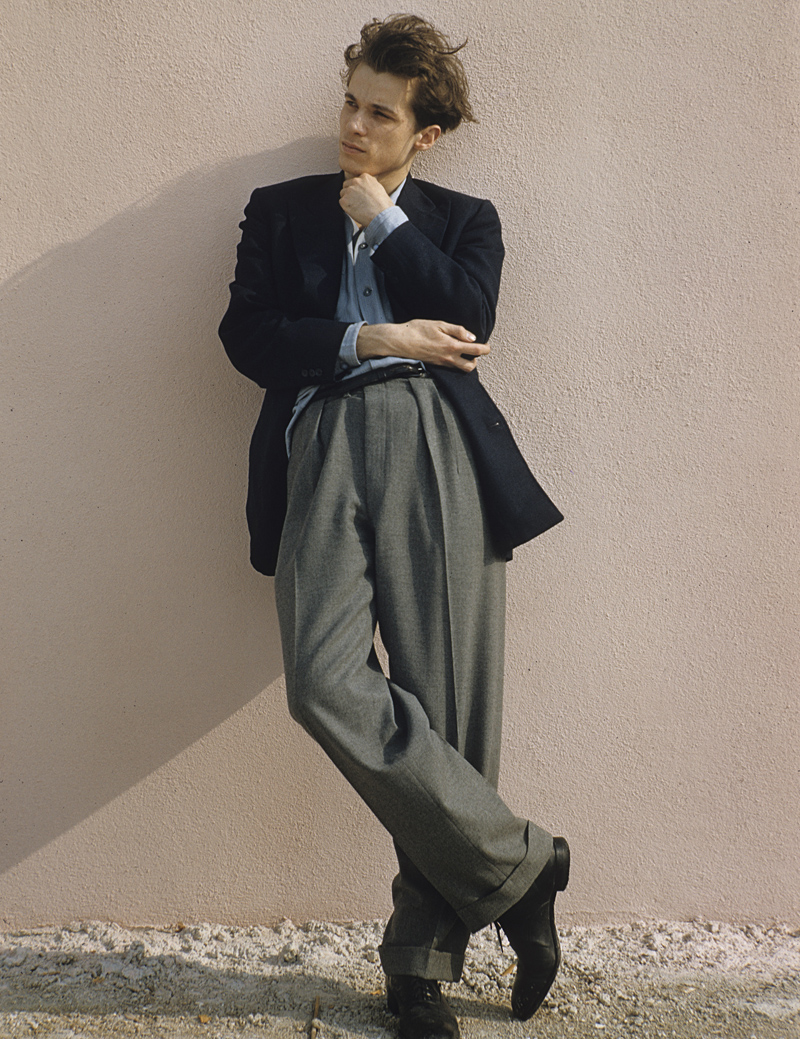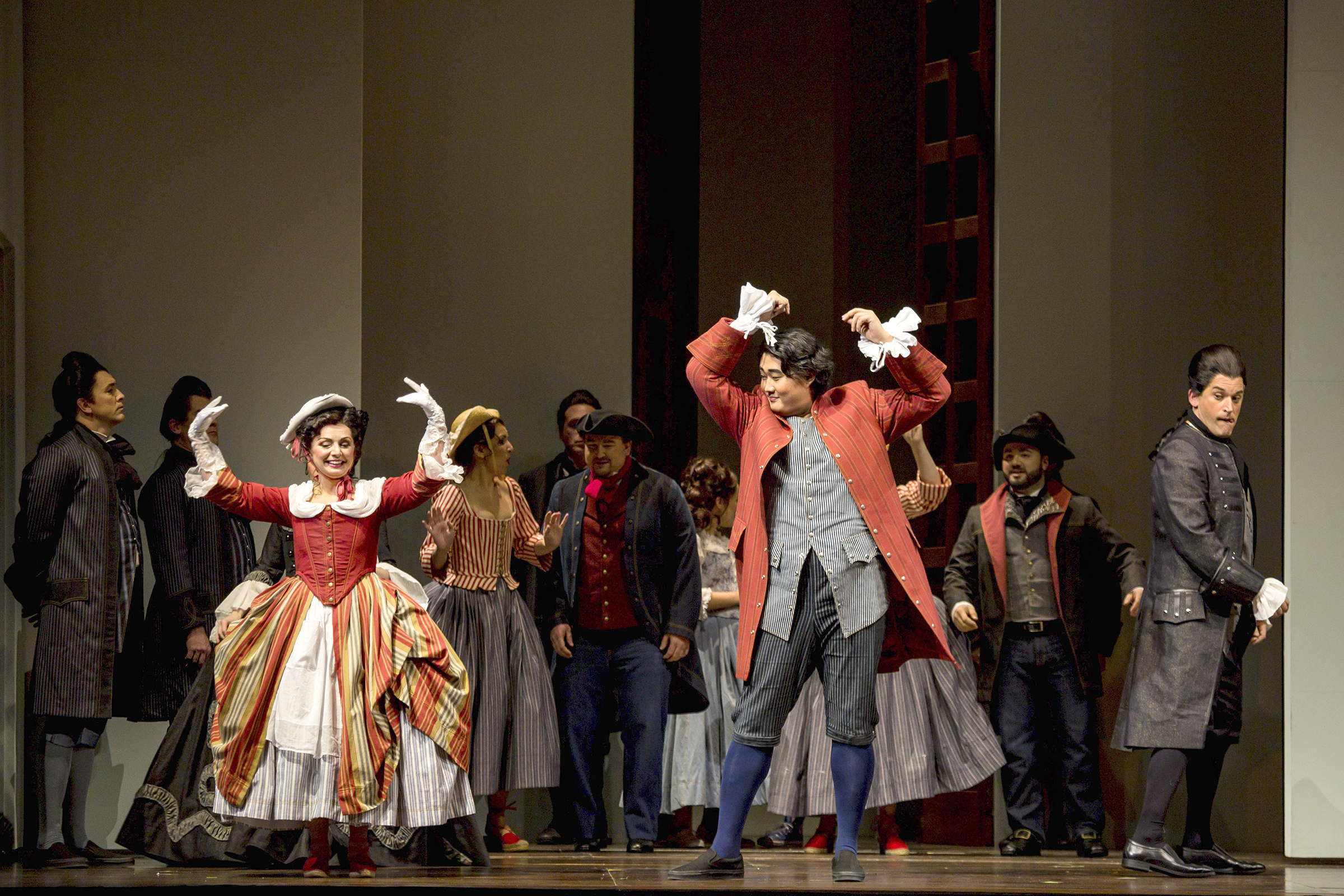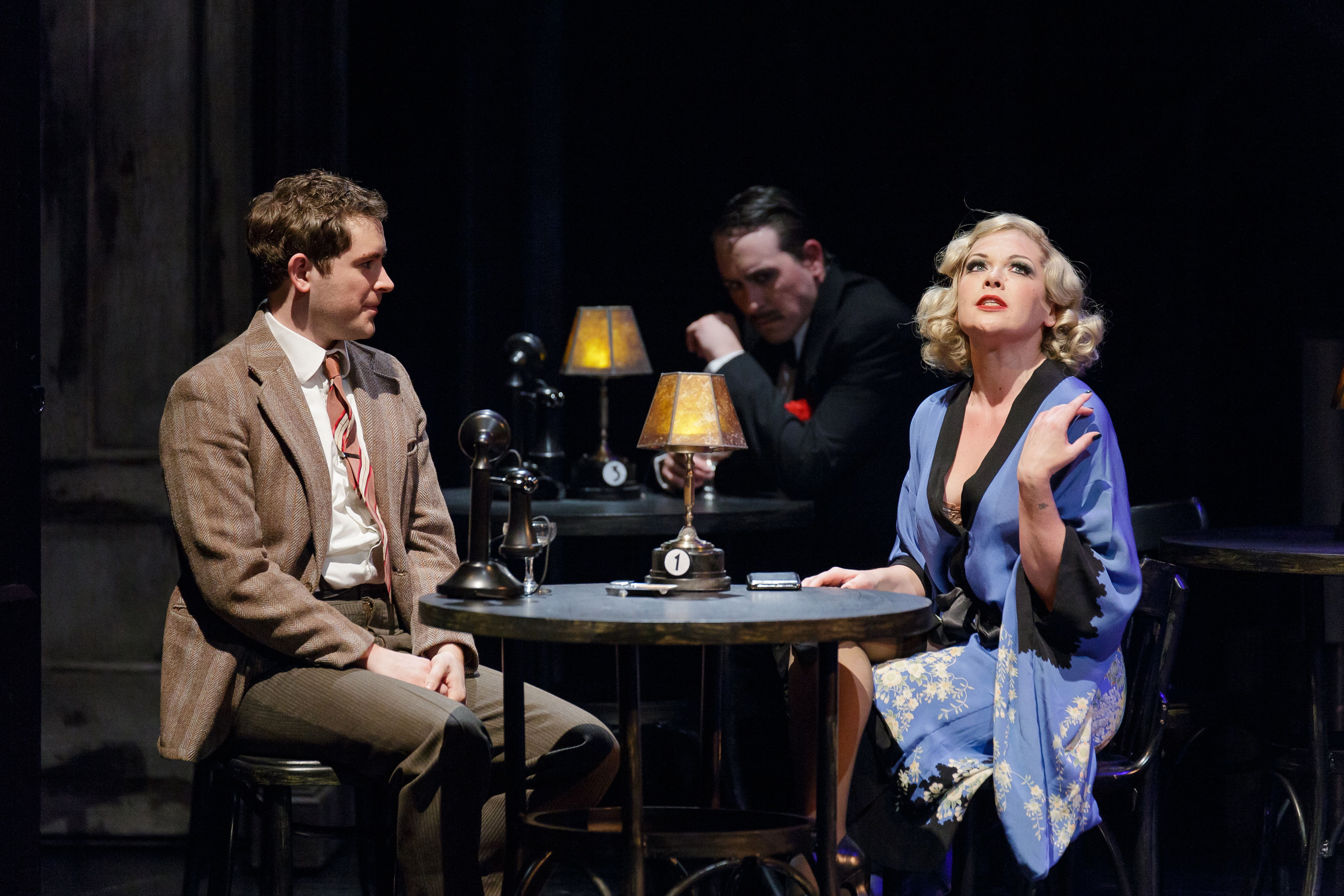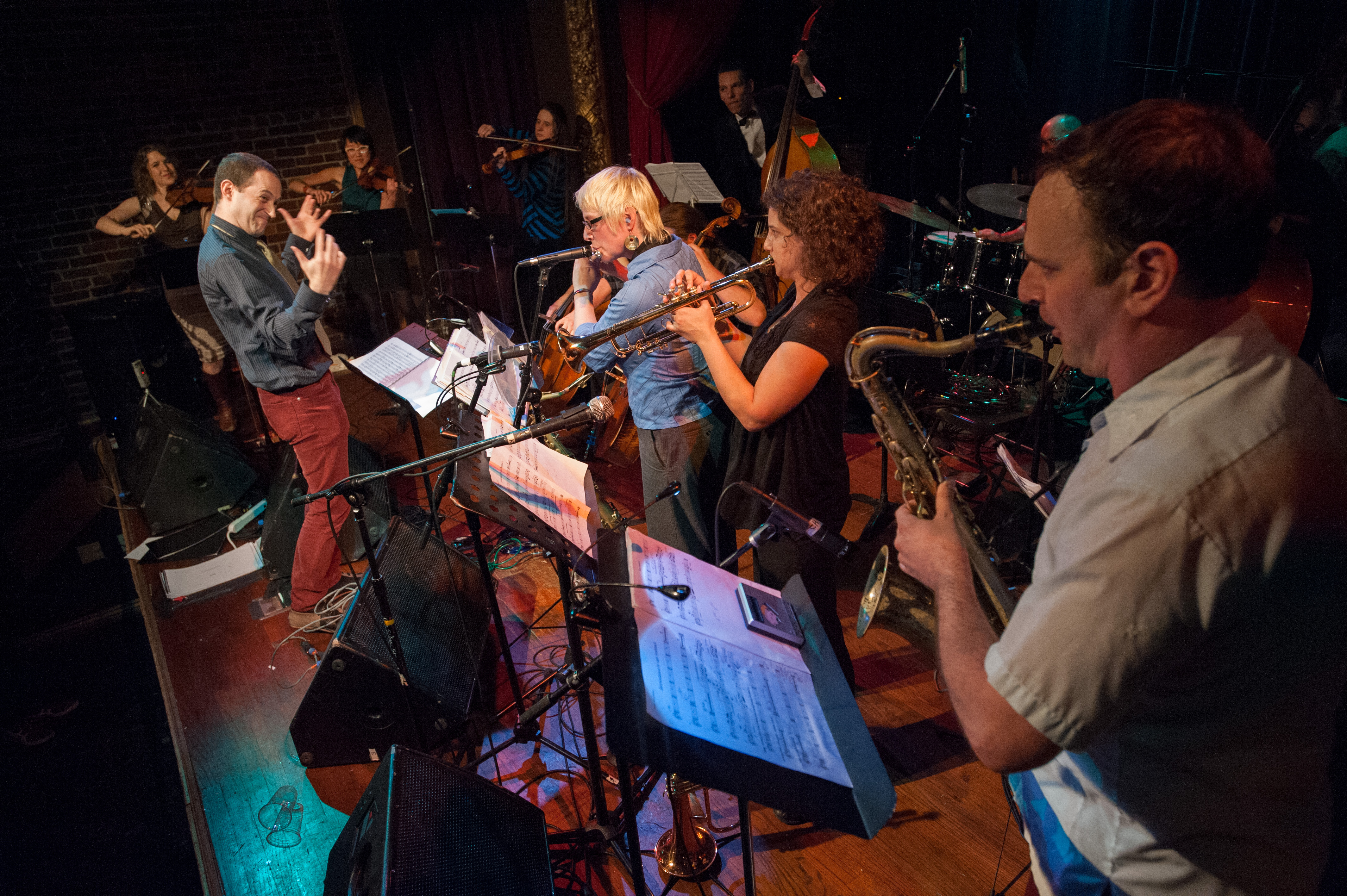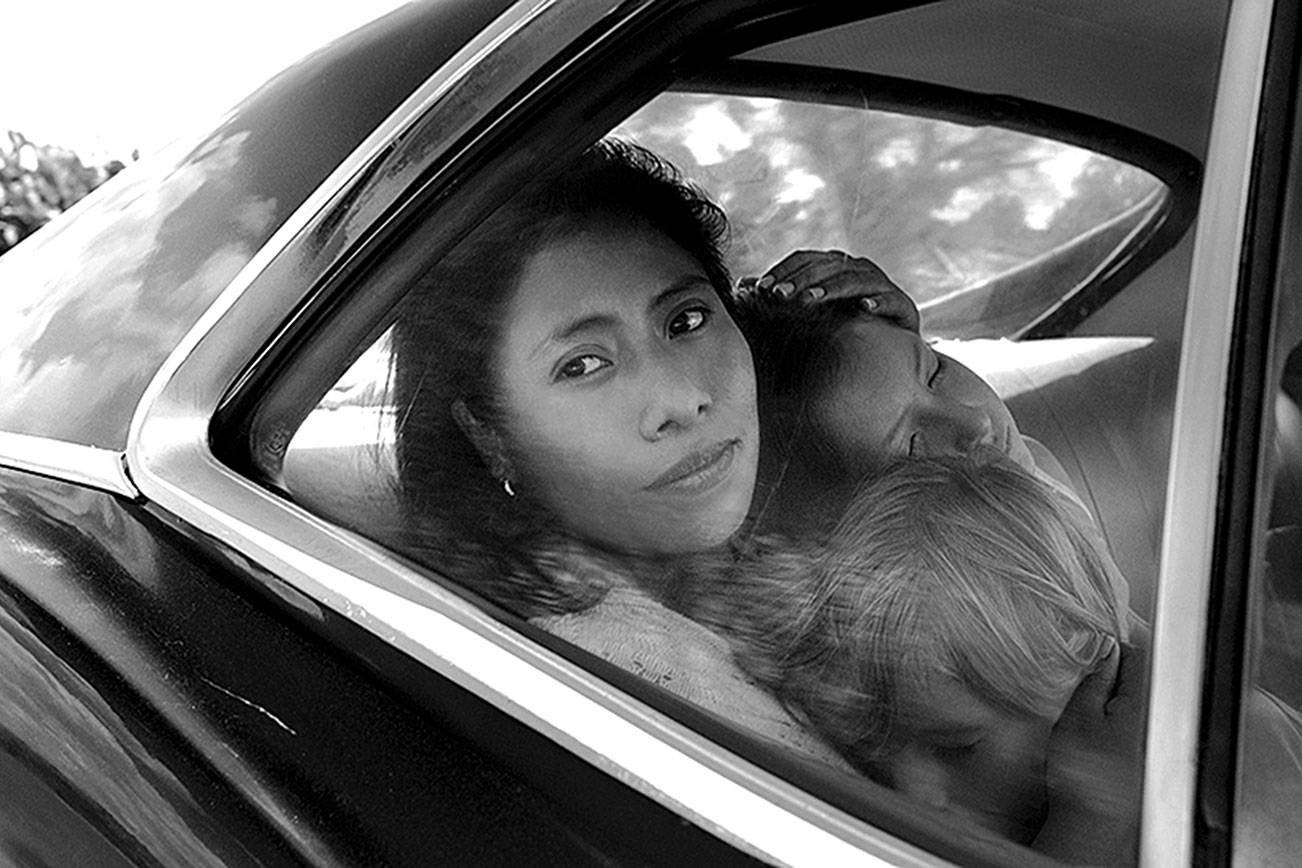Glenn Gould got the medium wrong, but eventually got the message right. The ground bass running throughout the career of this pianist/philosopher, one of the 20th century’s major musical figures, was the transforming effect of technology on our relationship to art. As Michele Hozer and Peter Raymont’s documentary portrait of Gould mentions, he foretold—in the early ’60s, just as he retired from concertizing at the height of his fame—that the next great cultural shift would be DIY. Gould (1932-1982) could not know that blogging would make everyone an author and YouTube everyone a director. But he did know technology would be the key to unlocking the creativity of the consumer—farewell, artist as autocrat. He predicted that listeners would be able to assemble their own favorite performances of classical music: If you prefer your Beethoven’s Seventh with Szell’s introduction and Bernstein’s allegro, just splice away! (Though if I could make my own version of this film, I’d separate out the stuff about Gould’s love life, which sits uneasily among discussions of his aesthetics.) For the famously reclusive Gould, the strength of technology was that it allowed him to communicate with a large audience while making as little face-to-face contact as possible—to share his music, but not himself. Gould’s public and private worlds are both fascinating subjects, but he constructed his life to keep them separate. Hozer and Raymont don’t—and arguably shouldn’t try to—mesh them gracefully.
Genius Within: The Inner Life of Glenn Gould: An Artist Who Foretold DIY
